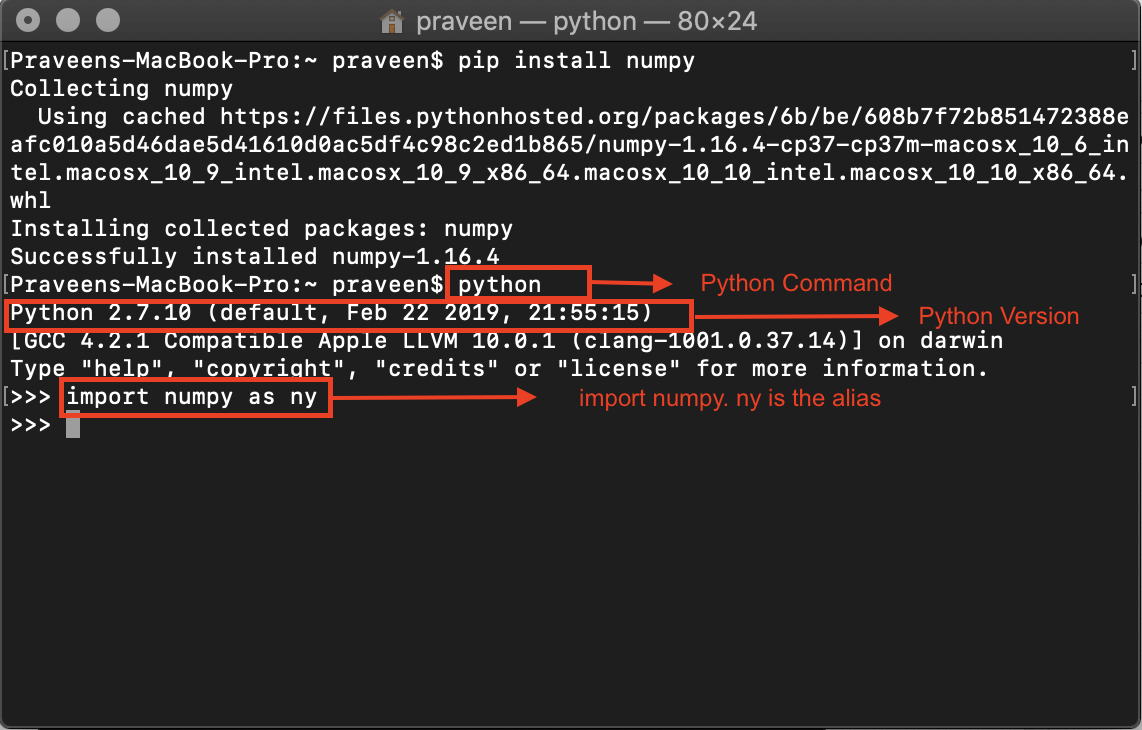

(A note on the above: I know this makes no sense to seasoned Python developer, but it made sense to me at the time.
INSTALL GLOB FOR PYTHON IN MAC INSTALL
It might seem logical to think the Python package manager pip could install it*, but that wasn't the case:Īlternatively, I could have downloaded that version from the official Python website, but how would I run it in on my Mac alongside my existing version of Python? Specifying the version of Python I intend to use every time I run the interpreter (python3.7 or python3.5 for example) seems error-prone at best.

Recently, I tried to run a project on macOS that depended on Python 3.5.9, a version that I did not have installed on my system. That makes it important for me to regularly get those updates. Python 3 is developing steadily, and releasing new updates regularly. In January 2020, Python 2 reached end of life, and only Python 3 will be supported by the language's core maintainers from then forward. Similarly again, different releases are identified by a three-digit number known as a semantic version.įor many years, Python 2 was the commonly used major version of the programming language. They have bugs, fixes, and updates like any of your favorite APIs and any other software. It's a strange concept at first, but programming languages change like any other software. While there are well-documented strategies for package management, there is another step necessary to ensure you are running the version of Python you need when you need it. Managing a local Python development environment continues to be a challenge, even for experienced developers. Running Kubernetes on your Raspberry Pi.A practical guide to home automation using open source tools.6 open source tools for staying organized.

An introduction to programming with Bash.A guide to building a video game with Python.


 0 kommentar(er)
0 kommentar(er)
